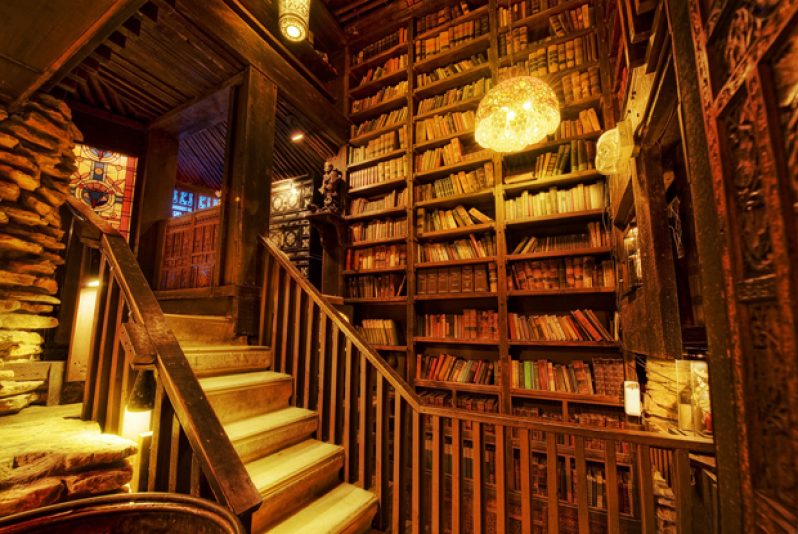‘Potaro Dreams’ can be read as a supplementary reader to Carew’s more popular novels, ‘Black Midas,’ ‘The Last Barbarian’ and ‘The Wild Coast.’ As such, this first volume of his memoir is quite a revelation, giving credence to the saying that truth is stranger than fiction. ‘Potaro Dreams’ can also be read in conjunction with the novels as a guide to fictionalising the past, an exercise that would be more pleasing than studying a textbook on fictionalising history. Furthermore, ‘Potaro Dreams’ enforces the notion that most first novels are semi-autobiographical.
This first volume of his memoir covers a period from birth in 1920 to 1939 when Carew was drawn into the Second World War. And it is aptly described by the author as ‘the prism’ through which he would approach life. This book is also described by Joy Gleason Carew who wrote the foreword as ‘the bedrock upon which his life, with all its accomplishments and challenges would be lived.’
His accomplishments were many and all came out of his formative years. He taught at many universities including Princeton, Rutgers, and Lincoln, and was Emeritus Professor of African-American Studies at Northwestern University, where he taught from 1973 to 1987. For his writing, Carew won the London Daily Mirror’s award for Best Play, ‘The Day of the Fox’, the Pushcart Prize (U.S.A.) for his essay ‘The Caribbean Writer and Exile’ and the Casa de Las Americas Prize for poetry. He is also the recipient of the Caribbean-Canadian Literary Expo 2003 award organised under the auspices of CARICOM Consular (Corps).
The book starts quite dramatically when Carew declared: ‘One night when I was nine years old, I died and miraculously came back to life.’ Then the memoir moved into flashback mode, like a novel, which method of writing a memoir makes for entertaining and engaging reading.
There are many parts of the prism that shed light on Carew’s formative years. Carew acknowledged those influences on page 78: ‘Edmund Rohlehr, Aunt Enny, my nurse Myah, my wicked cousin Maria, and my tutor Reginald Fort…illuminated the past for me with unforgettable stories’ and through them he learnt about his ancestors. To the above list should be added his grandfather, his friend Braveboy Pluto and his teachers at Berbice High School – Ben-O Yisu Das and James A. Rodway.
One of his greatest influences was his eclectic reading. There were many factors leading to his interest in books which led him into ‘magical landscapes of the imagination.’ One factor was his battle with malaria which made him into an ‘untouchable’ – ostracised by the youths in the hood which led him to turn his interest into areas other than boyhood outdoors recreations. Then he was fortunate to have grown-ups read to him. Like his cousin Maria who used to read him from Dickens’ ‘Great Expectations’ and ‘David Copperfield.’ And Edmund Rohlehr who read from Wilfred Owen, Rupert Brooke, Thomas Moore, Charles Kingsley and others. His reading list included novels, history and biographies and books by Charles Dickens, Alexander Dumas, H. Rider Haggard, Rudyard Kipling, Charles Kingsley, Andre Maurois, among others.
Books led him to experiment with storytelling. He learned from his grandfather how to get a moral/message across through storytelling; his grandfather used to cloak his rebellious messages from the pulpit in fanciful Anancy tales. He learnt from Aunt Enny that it was ‘not the colour of the skin that counts, it’s the colour of the imagination.’ And she connected him to our folklore – Massakruman, Old Higue, Baku, Fairmaid, Whitelady, Anancy, Kanaima, Hurricane and Mantop.
Very importantly, while he was learning, Carew was never afraid to question the text and his teachers and his elders. In this was his greatest strength.
Jan Carew was able to put into practice what he learnt. He related how he made money by scripting and telling stories using a projector, an incident that brings to mind Edgar Mittleholzer who also lived in Coburg Street, New Amsterdam, and who went house to house selling his ‘Creole Chips.’
Using the projector, Carew created a theatre. ‘I made up trickster tales about rebellious children outwitting strict parents and teachers. Using paper cut-outs to depict characters in the drama, I then projected them as silhouettes onto a bed sheet that was stretched and pinned to the wall. I narrated the tale as the images appeared in the sheet. The entrance fee was a penny and I always had a rapt audience.’
Carew learnt well how to use his mind’s eye – ‘the eye of the imagination’ according to Edmond. And that was what defined Jan Carew – his imagination.
‘Potaro Dreams’ is essential reading for all who are willing to learn from the master of the imagination.
The book opened dramatically and ended profoundly when Carew admitted that the Second World War provided his generation ‘with the chance of escaping this stultified colonial system,’ a system where ‘colour, class, caste and wealth played an important role in defining who you were.’
Responses to this author telephone (592) 226-0065 or email: oraltradition2002@yahoo.com
What’s Happening:
• You are invited to repeat performances of ‘Expressions’ – a new forum for poetry on Thursday, July 10, at Theatre Guild, school show at 1 pm, public show at 8 pm. ‘Expressions’ is a Gems Theatre Production.
Written By Petamber Persaud



.jpg)








